Category: Birds
Birds are those warm blooded vertebrates that have feathers and wings. They lay eggs and have two legs.
-
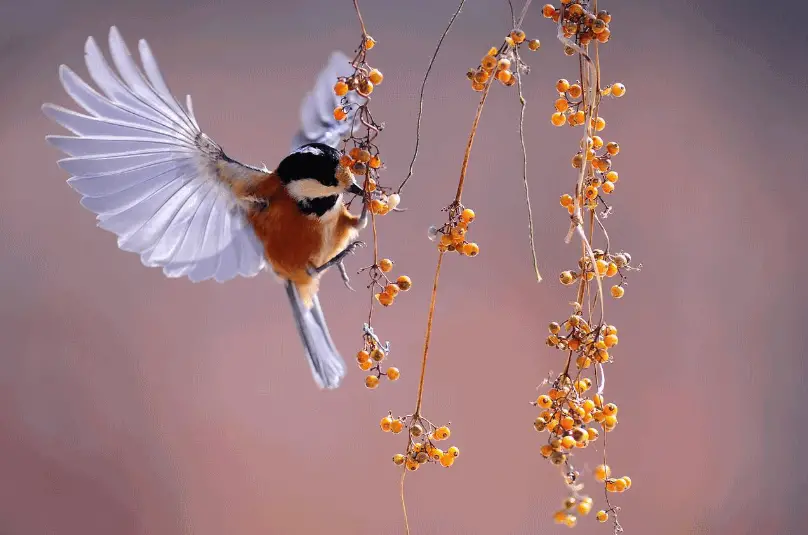
Top Reasons Why Everyone Should Go Birdwatching At Least Once
Millions of birds will fly through our cities and towns during the fall as they make their way south for the winter, a phenomenon known as the fall migration. However, many people have a year-round passion for birds. There aren’t many days in our lives when we don’t see at least a few of the…
Written by
-

Proper Ways To Feed Your Backyard Birds
Watching and feeding birds provides enjoyment to millions of Americans. The company that they bring when you’re feeding them is incomparable. It’s also relatively easy to attract birds to visit your backyard and feed them. However, you can unknowingly make simple mistakes, especially if you’re a novice birder. Such overlooked mistakes cannot only keep your…
Written by
-
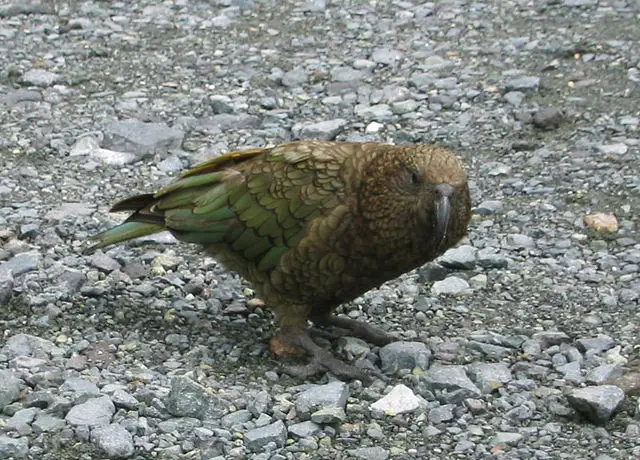
Interesting Facts About New Zealand’s Bird of the Year 2020
New Zealand chose Kākāpō (Strigops habroptilus), the bird of the year 2020. Though, let’s start differently. Did you know that New Zealand has the tradition of picking the bird of the year? Yes, for years now, the people of New Zealand have been voting in such an unusual contest. Every person can give a maximum…
Written by
-
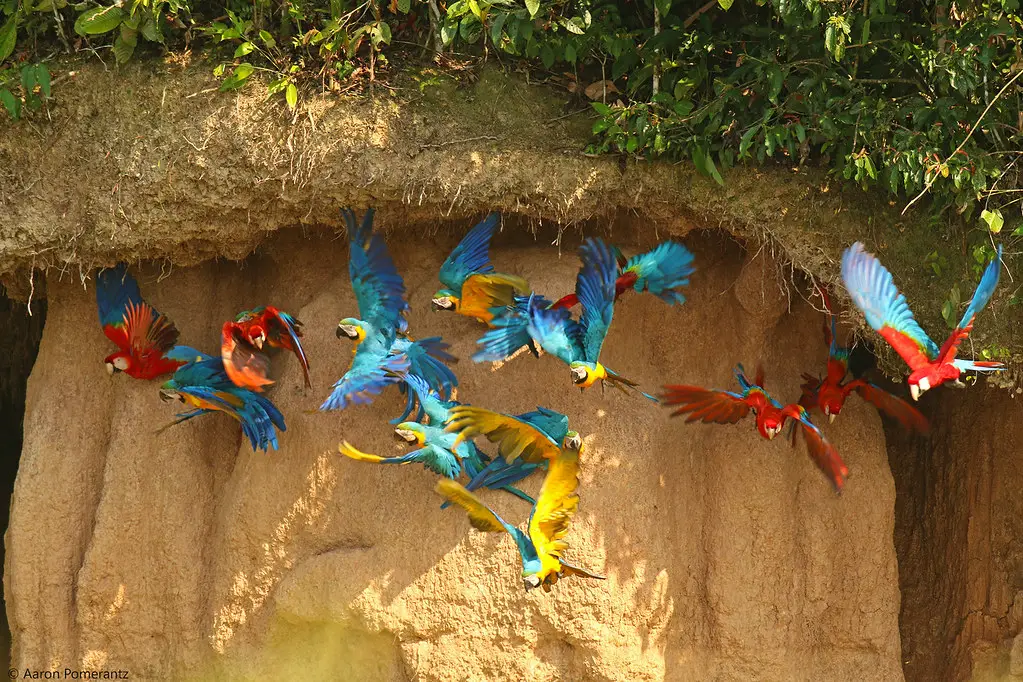
Best Places To Find And See Exotic Birds
Is it summertime? Because if it is, then it’s the perfect time to prepare and go bird watching! Birds don’t stay in their nests all year long (aside from some), most of them migrate in the summer, which means you’ll be seeing twice as many birds as yfou’d usually do. If you’re new to bird…
Written by
-
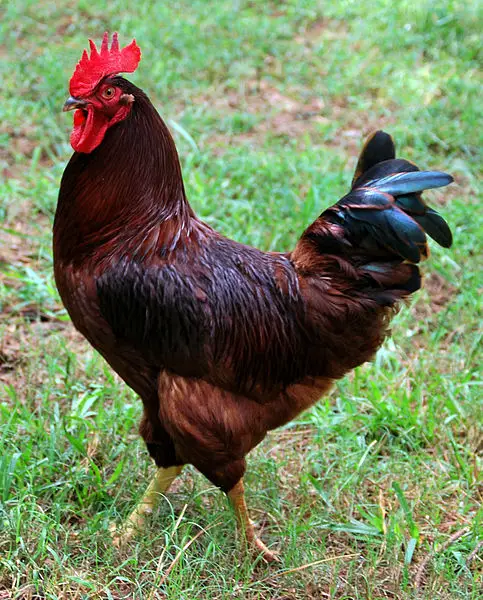
Read this before you buy a Rhode Island Red!
The Rhode Island Red is probably the #1 most well-known chicken in America. Don’t believe me? Just Google it, I’ll wait. If you know anything about the art of chicken breeding, then you know this variety is well-known for many reasons. For one, they’re big, beautiful, colorful, and take well to living with any kind…
Written by
-

New to the Bird Watching Hobby? 5 Bird Spotting Tips for Beginners
There are over 10,000 different species of birds on the planet. Just imagine the diversity among birds that are found just in your area. Can you identify five of them? Ten? Twenty? To put it into perspective, there over forty species of ducks and geese that can be found in the tiny state of Rhode Island alone.…
Written by
-

What Do Great Horned Owls Eat | Great Horned Owls Diet and Feeding Behavior
The great horned owl (Bubo virginianus) is a large species of owl. It is typically found in the forests of America. The owl is the most widespread of the true owls in America. It is an opportunistic hunter and it loves to eat a wide variety of animals—from small rodents to the medium-sized mammals as…
Written by
-

Muscovy Duck Facts | Anatomy, Diet, Habitat, Behavior
The Muscovy duck (Cairina moschata) makes a popular domesticated bird but is known rather poorly in the wild lowland habitats. They are typically found in the Central and South America including Mexico. It is one of the rare ducks that have wattles on their beaks. Muscovy ducks have long claws. They are considered to be…
Written by
-

Scarlet Ibis Facts | Anatomy, Diet, Habitat, Behavior
The scarlet ibis (Eudocimus ruber) is an ibis species that belongs to the family Threskiornithidae. The red bird is thought to occur in the tropical habitats of South America and Caribbean islands. The ibis takes to the skies and flies at greater heights. Both males and females have the same plumages. Scarlet Ibis Facts Anatomy…
Written by
-
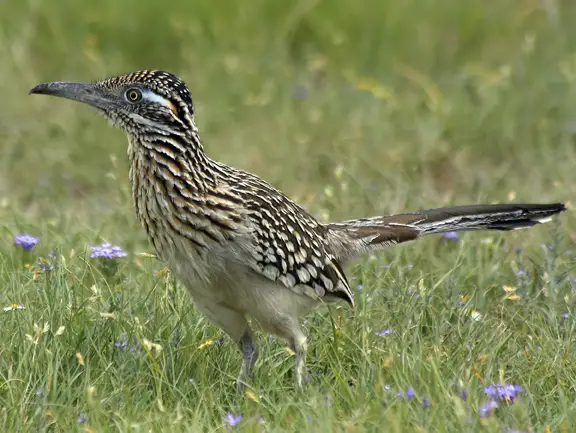
Roadrunner Bird Facts | Anatomy, Diet, Habitat, Behavior
The greater roadrunner (Geococcyx californianus) is one of the fastest birds on land. The bird’s body is not only built for the speed but can also survive on the harshest deserts. The ground-dwelling bird is found in the southwestern United States. Roadrunners are capable to hunt rattlesnakes and their speed is even more than that…
Written by
-
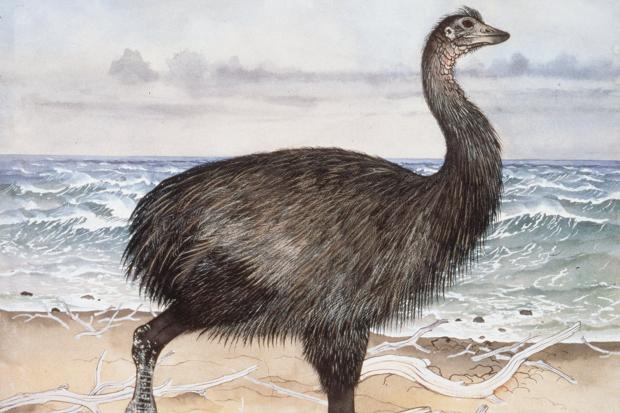
Elephant Bird Facts | Anatomy and Evolution
Elephant bird (Aepyornis maximus) was thought to be the biggest bird ever walked on earth probably back in the 17th century. It belonged to the extinct family Aepyornithidae. Elephant birds were birds of enormous size and they occupied much of the island of Madagascar. They had become extinct possibly in the seventeenth or eighteenth century.…
Written by
-
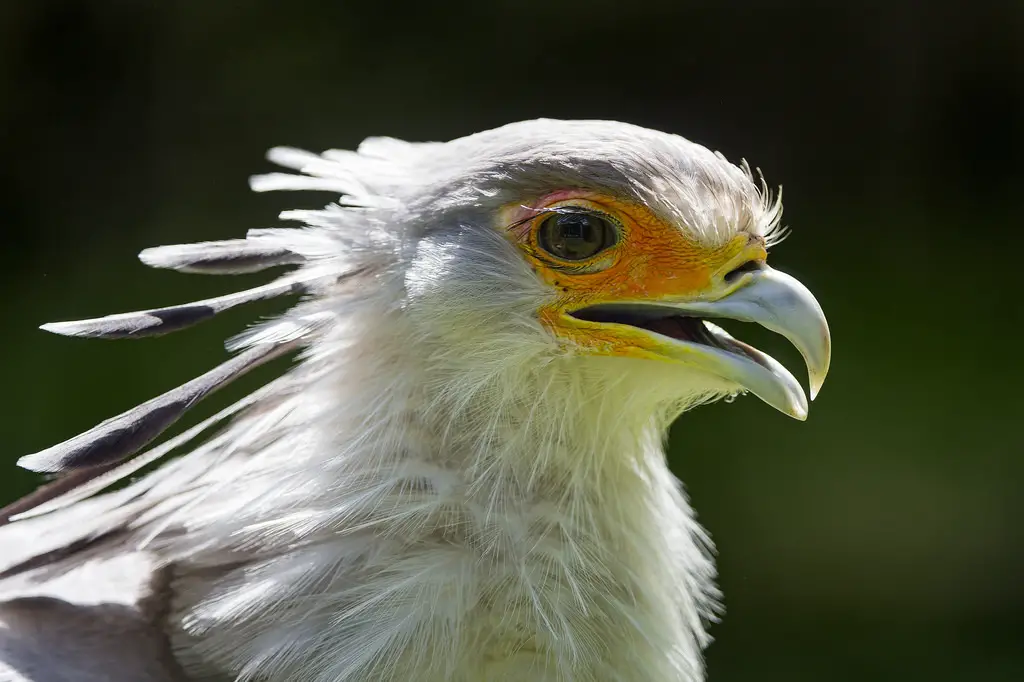
Secretary Bird Facts | Anatomy, Diet, Habitat, Behavior
The secretary bird (Sagittarius serpentarius) is an African bird of prey that is typically found in the savannah and grasslands of sub-Saharan region. It belongs to the family Sagittariidae. Apart from many characteristic features the bird shows the prominent black feathers that come out from behind its head. It is the only bird of prey…
Written by
-
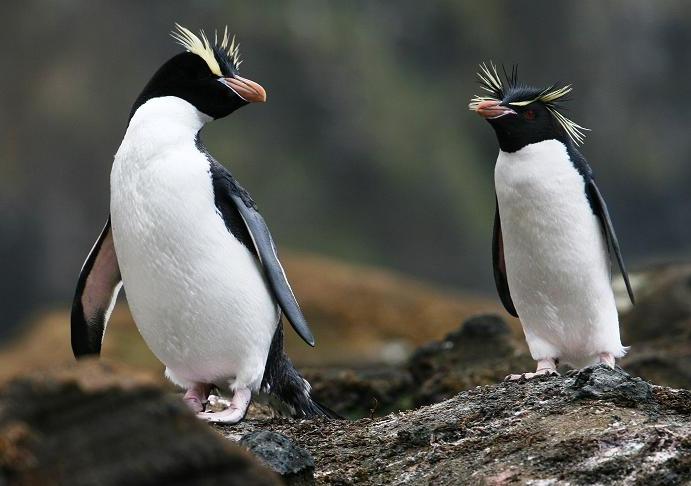
Fiordland Penguin Facts | Anatomy, Diet, Habitat, Behavior
The Fiordland crested penguin (Eudyptes pachyrhynchus) is a subspecies of penguin that is native to New Zealand. The penguin is named after the Fiordland coast where it mostly breeds. The IUCN has listed it as a Vulnerable species. It is also called ‘tawaki’. The crested penguin is a migratory species. Fiordland Penguin Facts Anatomy Fiordland…
Written by
-
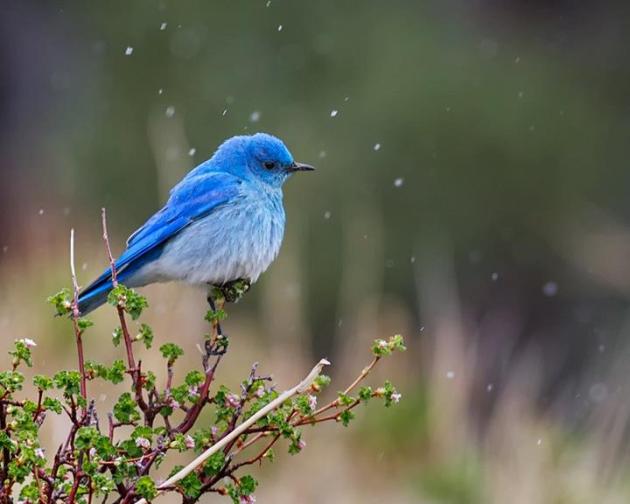
Mountain Bluebird Facts | Anatomy, Diet, Habitat, Behavior
The mountain bluebird (Sialia currucoides) is a bird that breeds on the high altitudes of southwestern United States, southeastern Alaska, and western Canada. It is a migratory species and spends winter season in the south. The bluebird has got long tail and wings. The mountain bluebird is a state bird of Nevada and Idaho. Mountain…
Written by
-
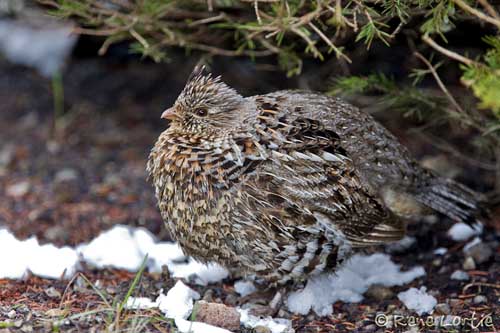
Ruffed Grouse Facts | Anatomy, Diet, Habitat, Behavior
The ruffed grouse (Bonasa umbellus) is a medium-size non-migratory bird that typically breeds from Alaska to Canada. It is also the national bird of the state Pennsylvania, United States. Ruffed grouse is further classified into 14 subspecies. The grouse has got the loudest of the drumming sounds. It is thought to make habitats in woodlands.…
Written by
